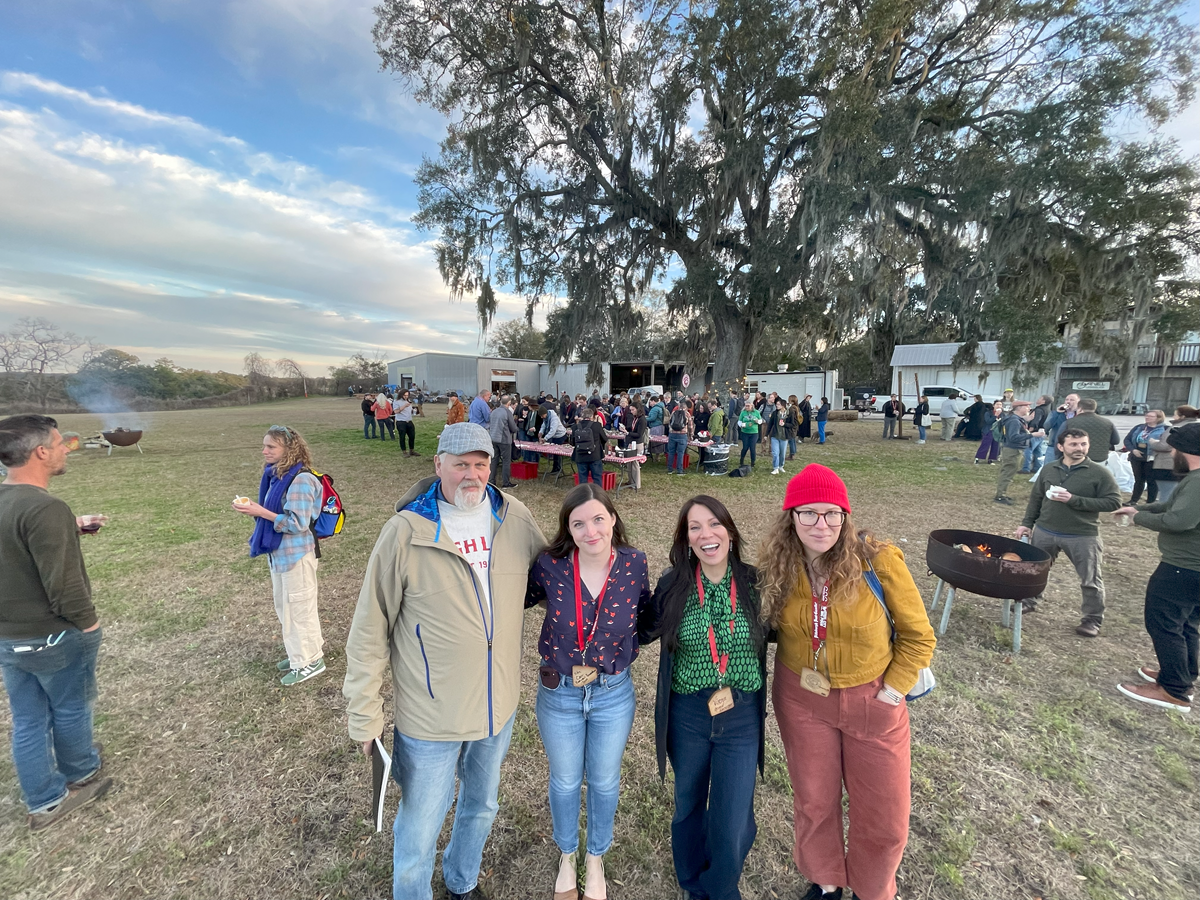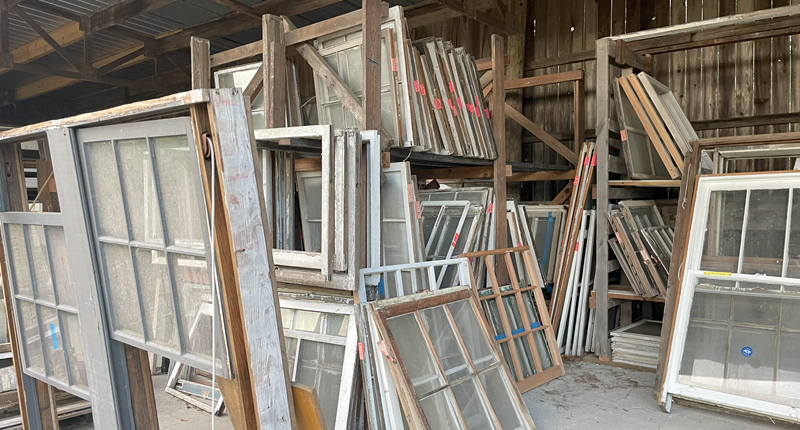Salvaged window inventory at Re:Purpose Savannah
Furthering Nantucket’s Journey into Deconstruction and Reuse
(February 20, 2024) In a bid to revolutionize the island’s approach towards construction and demolition waste, Nantucket Preservation Trust (NPT) recently brought together a diverse cohort of local collaborators to attend the Deconstruction and Reuse Conference in Savannah GA (Decon + Reuse ’24). Participation in the conference was made possible by the generous grant funding from ReMain Nantucket, and is part of the NPT’s initiative to facilitate deconstruction and reuse of local building materials. Housing Nantucket has long been involved in reusing building materials for the purpose of developing affordable housing, most noteably through our House Recycling Program.
The conference’s theme, “Salvaging the Past, Building a Low Carbon Future,” struck a chord with the island collaborators. Our group consisted of representatives from town government and several local nonprofits. All of us share a vision of bringing the sustainable concepts presented at the conference to Nantucket’s shores.
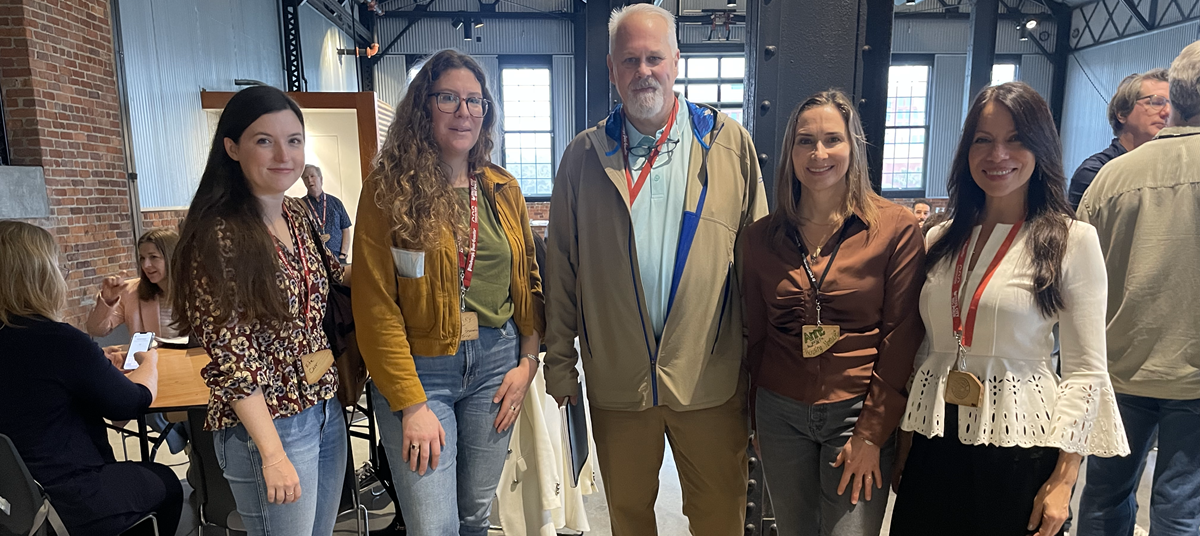
(left to right) Rita Carr and Mary Bergman of Nantucket Preservation Trust; Chris Lowe of the Town Department of Public Works; Anne Kuszpa of Housing Nantucket, Virna Gonzalez of ReMain Nantucket
Bringing Like-Minds Together
The three-day conference was hosted by Build Reuse, a 501(c)3 nonprofit organization dedicated to turning construction and demolition waste into local resources. The conference took place at the Kehoe Ironworks building, with an on-site visit to the lumberyard at Re:Purpose Savannah.
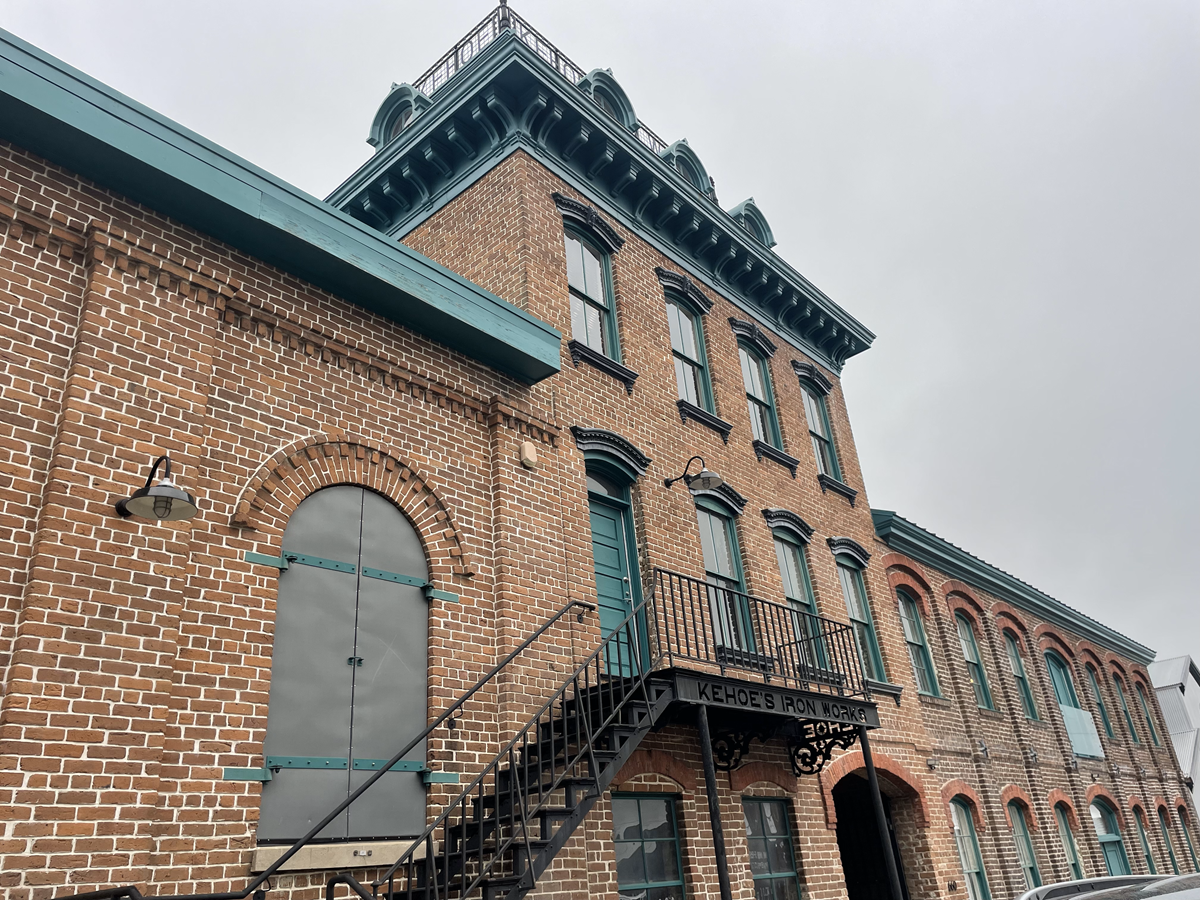
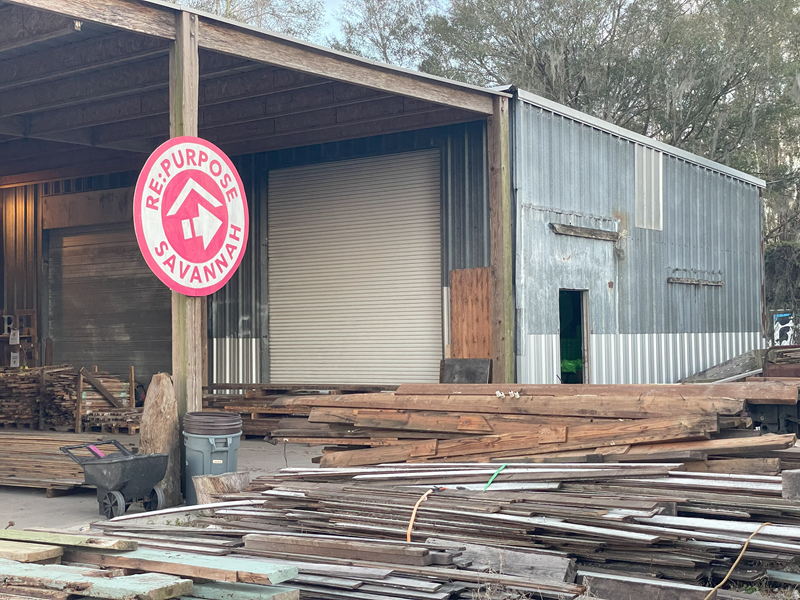
(left to right) Kehoe Ironworks building and Re:Purpose Savannah yard
Research commissioned by Nantucket Preservation Trust in 2022 revealed that more than 17,000 tons of construction and demolition waste is transported from Nantucket each year to landfills in Ohio and Maine. But the research also revealed that at least 4,500 tons of these building materials could have been salvaged for reuse, with a resale value of roughly $100/ton. These statistics coincide with those across the country, where construction and demolition waste surpasses household trash by more than double (EPA, 2017).
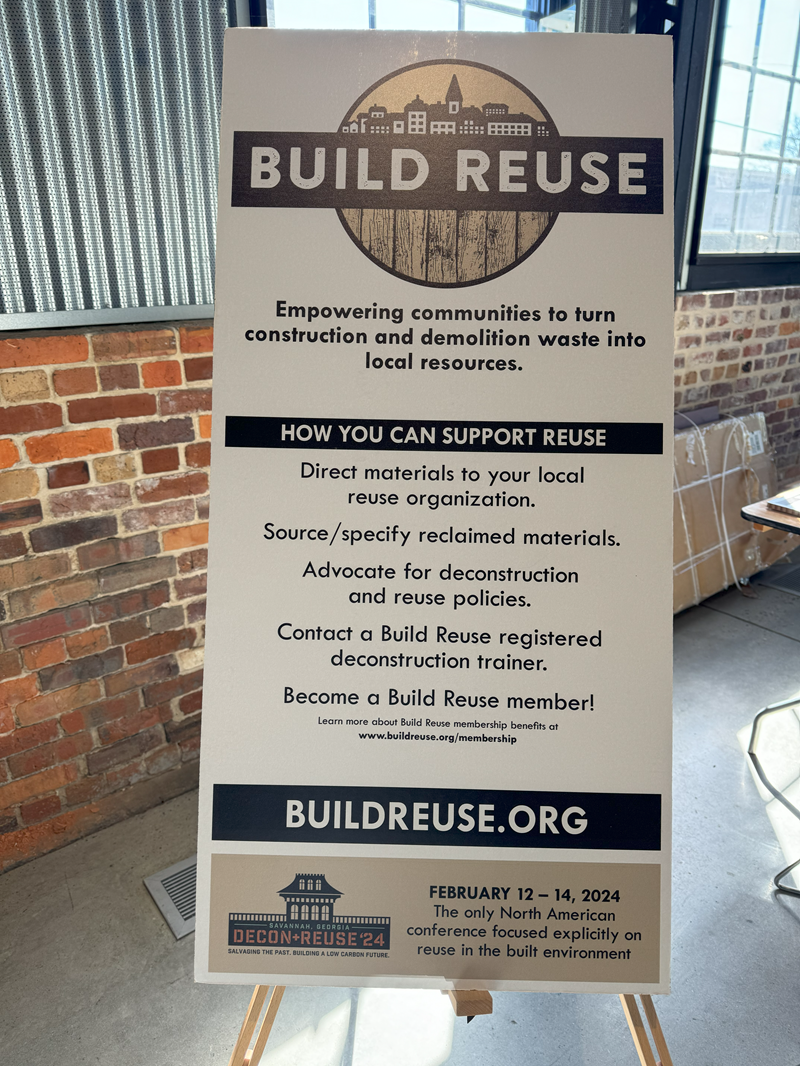
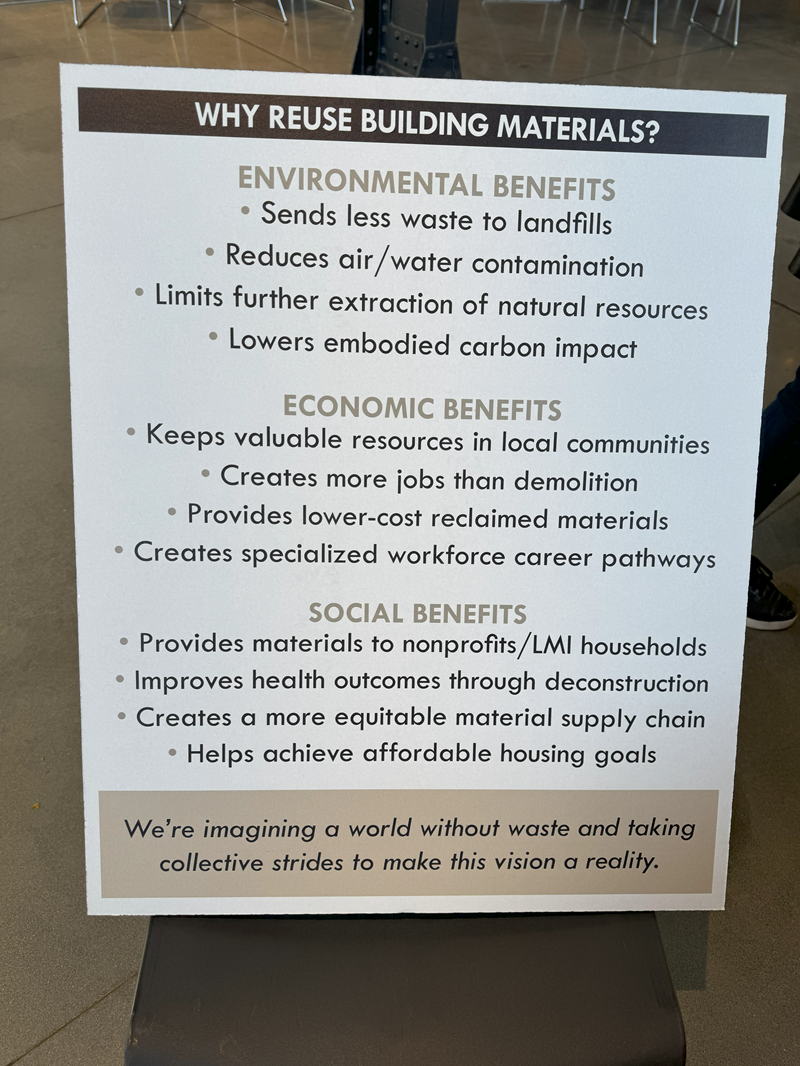
Posterboards displayed at the conference
The Urgency of Rethinking Our Approach
The construction and demolition (C&D) sector, responsible for 11% of global greenhouse gas emissions, has long been a contributor to environmental degradation. Decon + Reuse ’24 aimed to highlight the commodity potential of reused building materials as crucial components of a low-carbon future. Beyond the environmental benefits, the emphasis on salvaging materials resonated with our Nantucket cohort as a way to preserve the stories, sense of place, and community connections embedded within on-island resources.

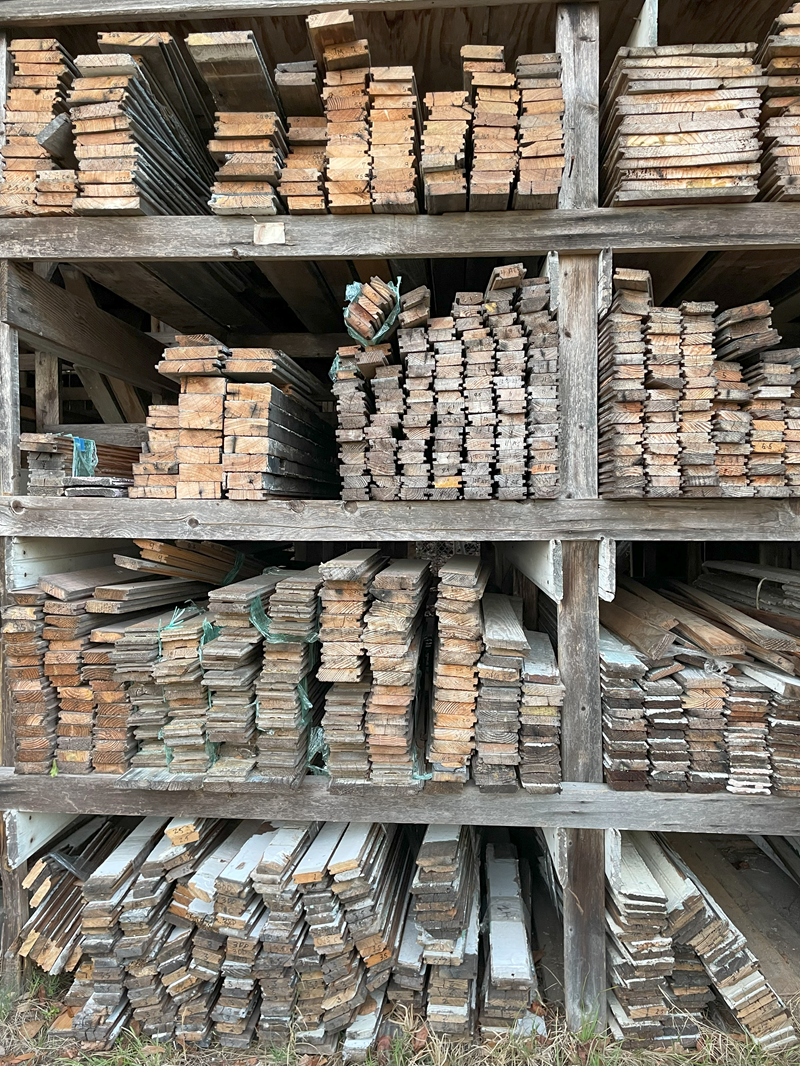
Inventory at Re:Purpose Savannah, captured during a tour of their facility
Early Intervention in Salvaging Materials
The process of deconstruction involves a meticulous disassembly of a building to maximize reuse and recycling, in stark contrast to the forceful demolition that generates challenging-to-recycle rubble. Materials grouped together in an organized way are easier to conceptualize for repurpose.
Conference panelists emphasized the importance of early intervention in salvaging materials. Waiting until a building is being demolished is often too late. Walk-throughs and assessments can set the stage for a more sustainable approach to construction. Salvaged materials then become a focal point in the design process, embedded in the project specifications and handed off to contractors. Speakers also encouraged participants to start with utilitarian spaces where clean, gently used materials will go unnoticed.
Efficient Inventory Management and Scalability
Efficient inventory management emerged as a key factor in the success of deconstruction projects. By categorizing and documenting salvageable materials, designers and architects could integrate them seamlessly into new constructions. The importance of scalability in the process was highlighted, emphasizing the need for a systematic approach to handling salvaged materials.
The discussion delved into the practicalities of on-site reuse or donation to programs like Habitat for Humanity’s Restore. The emphasis on resource separation and real-time weight tracking using technologies such as LIDAR underscored the commitment to diverting materials from landfills. LIDAR, which stands for Light Detection and Ranging, involves 3D laser scanning and is one of the most practical tools in adaptive reuse.
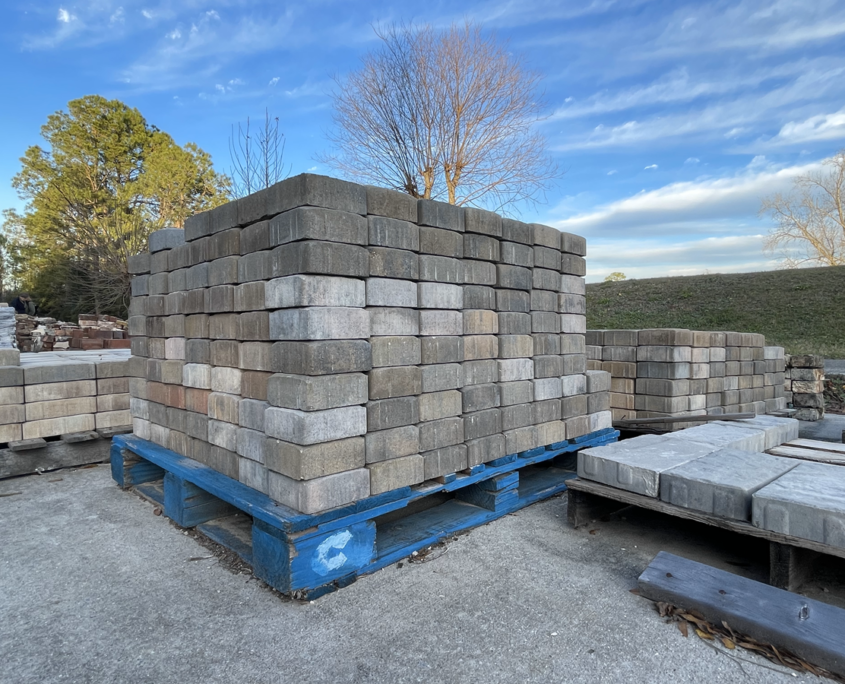
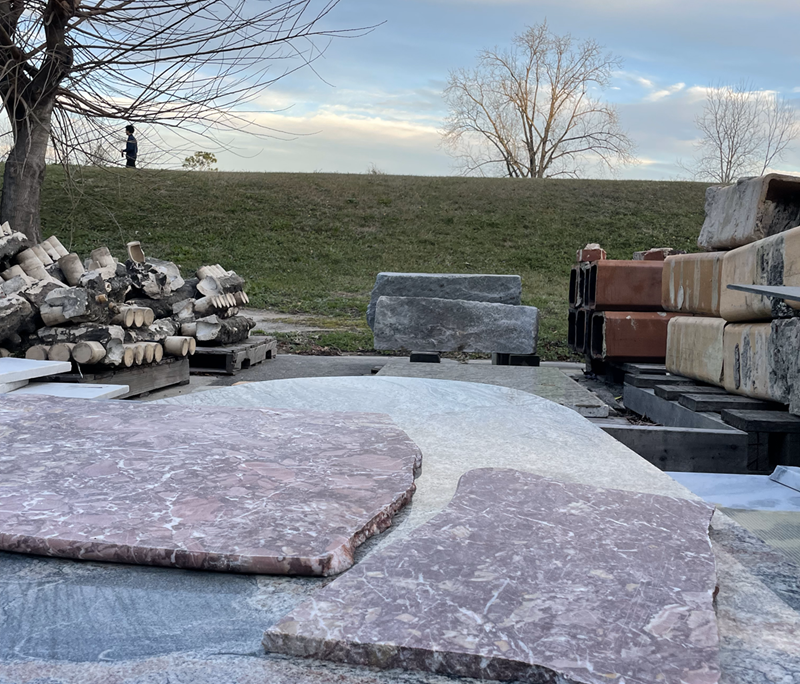
Inventory at Re:Purpose Savannah, captured during a tour of their facility
Practicalities of On-Site Reuse and Donation
Attention also turned to the potential of salvaged materials in affordable housing initiatives. By working with contractors and architects willing to embrace reclaimed products, opportunities exist to subsidize maintenance costs for low- and moderate-income homeowners. With adequate forethought and storage space, reclaimed materials can even be incorporated into large scale building projects.
Addressing Challenges and Funding Opportunities
Challenges abound, of course, for this massive shift. The need for expansive warehouse space for salvaged materials presents an immediate problem. The intricacies of maintaining an inventory, as well as the financial considerations involved in staffing operations were acknowledged. Funding opportunities, especially in the realms of historic preservation, social justice, and environmental justice, provide potential sources of support.
“You never change things by fighting the existing reality. To change something, build a new model that makes the existing model obsolete.” ~Buckminster Fuller
The spirit of the conference was summed up by Buckminster Fuller’s words above, inspiring us to forge ahead with adopting a new model for C&D waste—one that builds a sustainable and low-carbon future while salvaging the rich history embedded in Nantucket’s structures. Our journey of collaboration and commitment continues.
